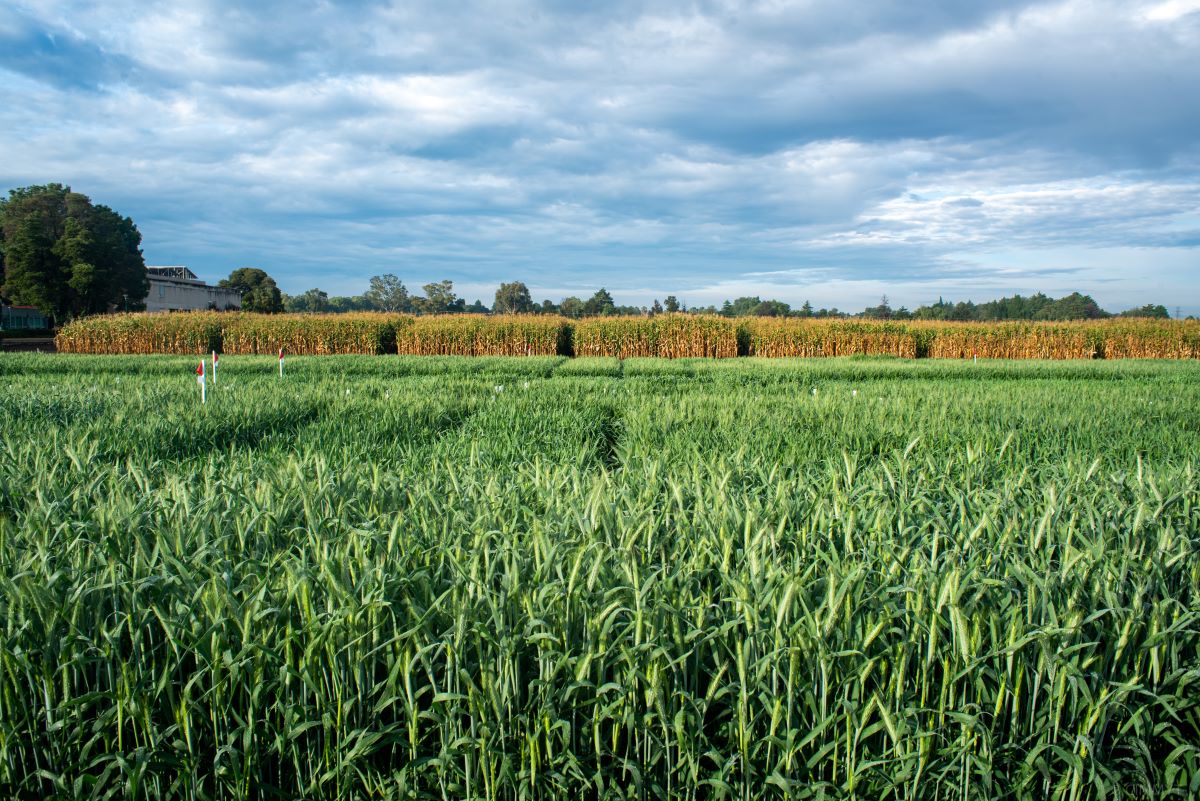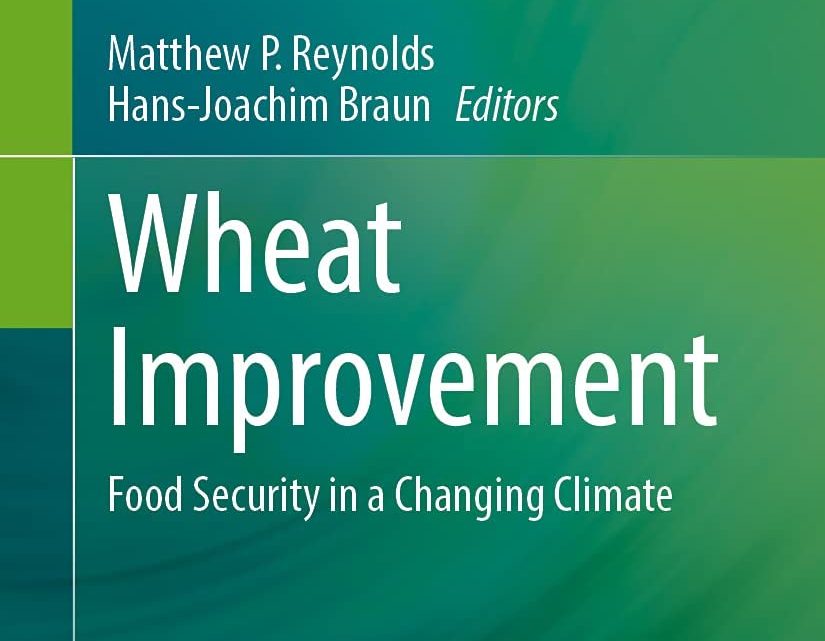About a billion liters of fungicide.
That’s how much farmers have saved this century, through use of disease-resistant wheat varieties. Modern wheat can thank its “wild relatives” — grassy cousins millions of years old and tested through extremes of earth’s climate — for most of its resistance genes.
Despite such remarkable achievements in wheat breeding, we’ve only scratched the surface of the genetic potential in wheat’s wild relatives. With climate change intensifying and the rapid evolution and spread of pathogens — a new strain of fungus can circulate in the jet stream—it’s imperative that we increase investment in researching this largely untapped genetic diversity. Doing so could revolutionize wheat production, ensuring food security while dramatically reducing agriculture’s environmental footprint.
Without such efforts, epidemics or pandemics could devastate yields, potentially leading to massive applications of toxic agrochemicals and increased selection pressure for pests and diseases to develop resistance. The consequences would be far-reaching, impacting not only food security and the environment, but also geopolitical stability, potentially triggering human migration and conflict.
Today, wheat is the most widely grown crop on Earth, providing 20% of all human protein and calories and serving as the primary staple food for 1.5 billion people in the Global South.
However, with its future under threat, standard breeding approaches can no longer keep up with the pace of climate change. Research shows that climate shifts from 1980-2008 reduced wheat harvests by 5.5%, and global wheat production falls 6% for every degree-centigrade increase in temperature.
Wheat science urgently requires enhanced investments to scale up genetic studies of wild relatives, utilizing next-generation breeding tools. These tools include gene sequencing technologies, big-data analytics, and remote sensing technologies. Satellite imagery makes the planet a laboratory, allowing researchers to monitor traits like plant growth or disease resistance globally. Artificial intelligence can super-charge breeding simulations and quickly identify promising genes that enhance climate-resilience.
The basic genetic resources are already available: more than 770,000 unique seed samples are stored in 155 seed banks across 78 countries. These samples represent the full scope of known wheat genetic diversity, from modern varieties to ancient wild relatives and landraces developed at the dawn of agriculture.
What’s missing is funding to accelerate the search for specific genes and combinations that will fortify wheat against harsher conditions. This requires political will from key decision-makers and public interest. Nothing is more important than food security and the environmental legacy we leave to our children.
Harnessing the power of microorganisms
The genetic variation in seed banks is largely absent in modern wheat, which became genetically separate from other grass species 10,000 years ago and has undergone recent science-based breeding, constricting its diversity. Wheat needs its cousins’ diversity to thrive in a changing climate.
Beyond climate resilience and disease resistance, wild wheat relatives offer another exciting avenue for environmental benefits: enhanced interactions with beneficial microorganisms. These ancient grasses have evolved intricate relationships with soil microbes largely absent in modern wheat.
Some wild wheat relatives can inhibit soil microbes that convert ammonium to nitrate. While both are usable nitrogen forms for plants, nitrate is more prone to loss through leaching or gaseous conversion. Slowing this process of conversion, called nitrification, has profound implications for sustainable agriculture, potentially mitigating greenhouse gas emissions, improving nitrogen-use efficiency, and decreasing synthetic fertilizer use.
As proof of concept, the first and only crop (so far) bred to promote microbiome interaction is wheat, using a gene from a wild relative (Leymus racemosus) to slow nitrification.
In addition, wild relatives often form more effective symbiotic relationships with beneficial soil fungi and bacteria, enhancing nutrient uptake, drought tolerance, and natural pest defenses. Reintroducing these traits could reduce chemical inputs while improving soil health and biodiversity.
The benefits extend beyond the field. Wheat varieties that use water and nutrients more efficiently could reduce agricultural runoff, protecting water bodies. Enhanced root systems could increase soil carbon sequestration, contributing to climate change mitigation.
By systematically exploring wild wheat’s microbial interaction traits, wheat varieties can be developed that not only withstand climate challenges but also actively contribute to environmental restoration.
This represents a paradigm shift from crop protection through chemicals to resilience through biological synergies. Indeed, even a fraction of the US $1.4 trillion spent annually on agrochemical crop protection could work wonders to fortify wheat against present and future challenges.
The path forward is clear: increased investment in researching wild wheat relatives can yield a new generation of wheat varieties that are not just climate-resilient, but also environmentally regenerative. This will be a crucial step towards sustainable food security in a changing world.
Original Publication in El País.

 Climate adaptation and mitigation
Climate adaptation and mitigation 
